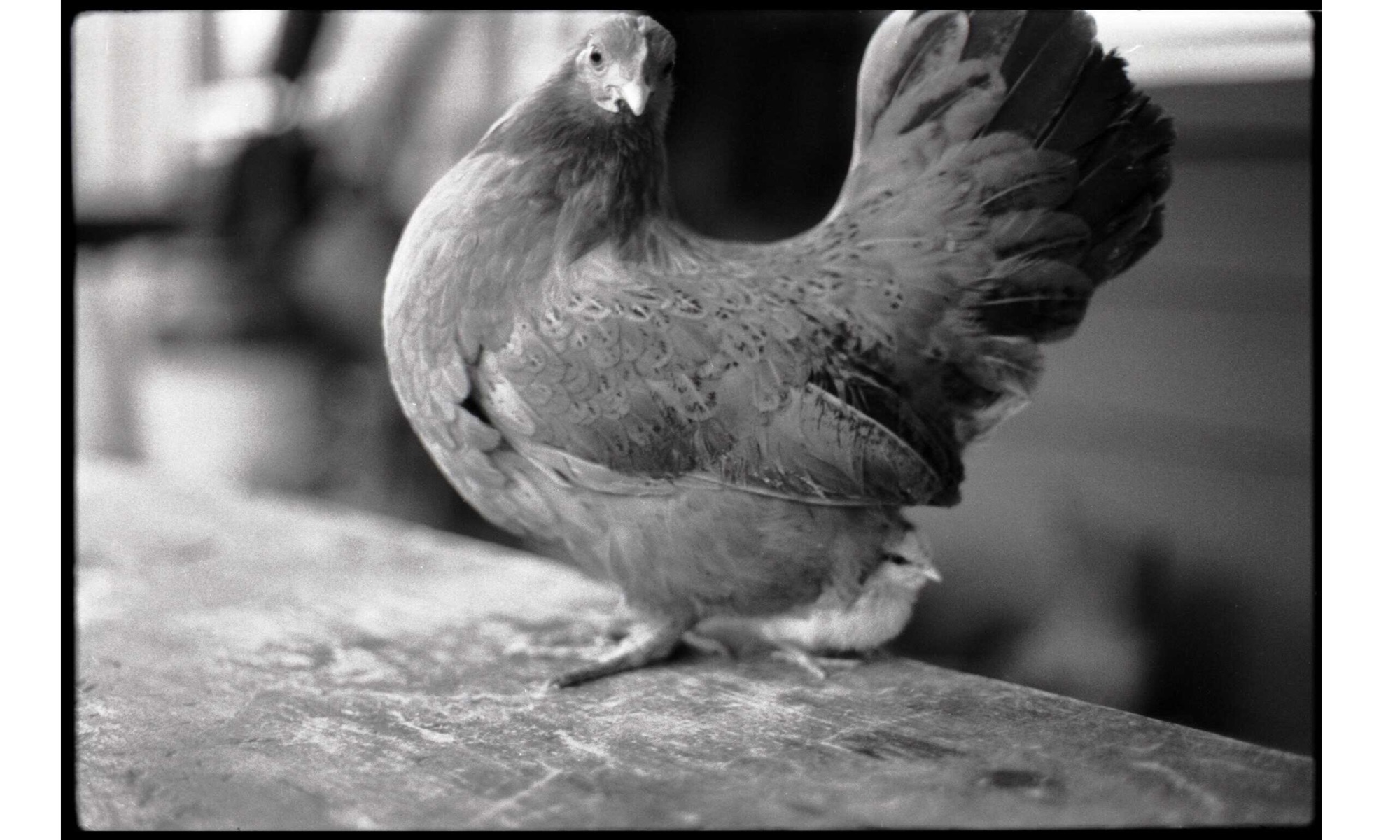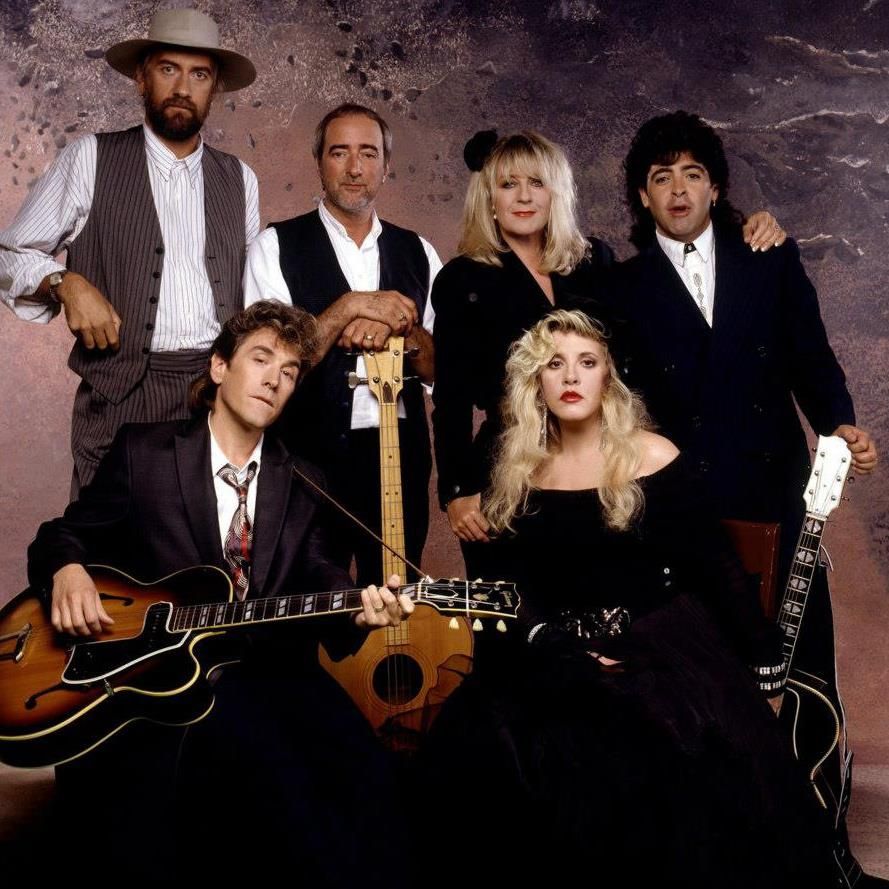It’s all about Lindsey and Christine in this batch, as we really start to explore the cream of the crop. The Top 20 is just packed with amazing songs, and it was really difficult to get them in an order I was satisfied with. Many of the songs from here on out are from the Fleetwood Mac and Rumours days, but a surprising outlier from Behind the Mask pops up in this bottom half of the Top 20. The only track from that album to crack the Top 50!
#20 – Never Going Back Again (Buckingham) Rumours 1977
There are only three Lindsey Buckingham-penned songs in the Top 20, and two of them kick things off. All three are stellar and find him at the top of his craft. All three are from Rumours. “Never Going Back Again” is mainly a song that highlights Lindsey’s proficiency with the guitar, in this case, a finger-picking delight on the acoustic guitar. The melody is so lovely, it is reminiscent of the gorgeous acoustic guitar instrumental lifted form the Buckingham Nicks album called “Stephanie.” I suspect that “Never Going Back Again” was created to be an instrumental track, then Lindsey added vocals to it at the last minute.
It was, in fact, one of the last songs to be written and recorded for the album, and the lyrics reflect a moment in Lindsey’s life where he had ended his relationship with Stevie Nicks, and had started a rebound relationship, and he naively sings he’s not going to repeat the same mistakes again. The lyrics and simple, and reflect an innocence of youth, something Buckingham himself has admitted. During recording, producer Ken Caillat asked the guitar techs to restring Lindsey’s guitar every 20 minute to keep the sound bright and clear. It certainly is that, and the simplicity of the song (just a guitar and vocals) allows both to shine. Lindsey sings with passion and vulnerability.
An earlier demo of the song, then called “Brushes”, because it featured Mick’s snare drum and brushes, also featured Lindsey on electric guitar, playing bell-sounding harmonics to augment the acoustic guitar. (I’ve included the “Brushes” audio track below as well.) It gave the song a music box quality, and while lovely, I’m glad they left it simple with the just the acoustic. “Never Going Back Again” was a staple for several of Fleetwood Mac’s and served as a bit of an emotional catharsis featuring Lindsey wailing his lyrics over the lyrical finger-picking. The song is a favorite from the album among some critics.
#19 – Go Your Own Way (Buckingham) Rumours (1977)
Coming in at #19, another Buckingham track from Rumours, and arguably his most well-known song. I think “Go Your Own Way” deserves to be higher on my list, but there are just too damn many great songs by this band! Every song in the Top 20 is superlative. The first single released from Rumours, it became the bands first Top 10 single.
As has been well-chronicled, all the members in Fleetwood Mac were in crumbling relationships during the writing and recording of Rumours, and two of those couples were in the band.”Go Your Own Way” was the first song written for the album, and is probably the best example, and perhaps the most scathing of the break-up songs. It’s clearly Buckingham working through his pain and anger over break-up with Nicks. Lindsey had known Stevie since he was 16-years-old, and he “was completely devastated when she took off.” Despite this, the two had to work together closely in the band. From Nicks’ perspective, she of Buckingham that he remove the lyrics, “Packing up, shacking up is all you wanna do.” She told Rolling Stone, “Every time those words would come onstage, I wanted to go over and kill him. He knew it, so he really pushed my buttons through that. It was like, ‘I’ll make you suffer for leaving me.’ And I did.”
Musically it’s such an intriguing song. It’s one of Fleetwood Mac’s most rocking songs, but the opening verse is very disorienting. It starts with Buckingham’s straight-forward rhythm guitar, but then the overdubbed acoustic guitar and the intriguing drum drum beats that really pull the song together, do so in such a way that it’s hard to tell where the beat is. Then, with the addition of the organ, some maracas, and the classic three-part harmonies, the chorus just erupts with pained anger. The drumming is really top notch, and Fleetwood comments on how difficult it was for him to get the beat that Lindsey wanted. And the acoustic guitar, which was the last part added, brings the whole song together.
“Go Your Own Way” has been part of every tour the band has played, even if Lindsey wasn’t with them. It’s frequently the set closer, and features an extended lead guitar solo toward the end of the song. Frequently during the performance, Stevie and Lindsey ham it up, facing each other while they sing those painful lines. Buckingham has admitted none of that is genuine. It’s play-acting for the audience, but something tells me there’s some of the hurt deep down still. I’ve included the studio version of the song below, as well as the live version from the Mirage tour in 1982.

Interesting note: there is one more Buckingham-penned song that I ranked higher than “Go Your Own Way.” Can you figure out which song that might be? Also, interestingly enough, there is one more song with lead vocals by Buckingham that he did not write higher up on my list. Any guesses?
#18 – Skies the Limit (McVie, C; Quintela, E.) Behind the Mask (1990)
I don’t understand why this Christine McVie gem was not a bigger hit. Perhaps it was the lackluster performance of the album from which it came, 1990’s Behind the Mask, the first album since 1975’s Fleetwood Mac without Lindsey Buckingham, who departed after the release of the previous album, Tango in the Night. In addition to the two McVie’s, Nicks, and Fleetwood, guitarists/vocalists Billy Burnette and Rick Vito were added to the line-up. This jaunty of pop confection would have been my choice for the lead single off the album, but instead they released the much blander, “Save Me” (also written by McVie and then husband, Eddie Quintela). That song cracked the US Top 40 at least. At least “Skies the Limit” hit #10 on Billboard’s Adult Contemporary chart. It also kicks off the album.
The lyrics are classic, optimist McVie, describing the first brushes of new love. It’s got a very positive, feel-good message, and the harmonizing between McVie and Nicks is just lovely. I’m not sure why I love this song so much, but there’s something so bright and uplifting about it, it captures me every time I listen to it. And I love the accompanying video, and I only just saw it for the first time about a month ago!
#17 – You Make Loving Fun (McVie, C.) Rumours (1977)
I find it interesting that while relationships were collapsing throughout the band while making Rumours, Lindsey and Stevie were venting their anger and frustration, while Christine was trying to focus on the positive. “You Make Loving Fun” was written about the band’s lighting director, Curry Grant, with whom Christine was having an affair. She initially told her newly ex-husband John that the song was about her dog. “You Make Loving Fun” was the fourth single from Rumours, and was also the bands fourth Top 10 song. I love the funky vibe overlaying the more traditional McVie sound that really makes the song pop. McVie was quoted as saying early tracks of the song were recorded without Buckingham, allowing her to “build the song on my own”.
The verses are driven by McVie’s electric piano and the fabulous springy sounds she played on the clavinet. The fantastic chorus feature McVie’s beautifully controlled vocals, backed by the lush harmonies of the three, and an intricate drum pattern. Fleetwood uses a variety of percussion throughout really adding texture to the song. Lindsey provides great color with guitar filler and a great melodic solo after the first chorus. The song features one of the great outros with a call and response between McVie and her fellow singers. The live version that I’ve included is a very early version from 1977, featuring some terrific harmonies between McVie and Nicks on the choruses.
#16 – Sugar Daddy (McVie, C.) Fleetwood Mac (1975)
I have always loved this light-hearted, playful offering from McVie off the Fleetwood Mac album. It’s such a fun, jaunty number, and you can hear Christine laughing at the end of the song. It shares a lot with the much more popular “Say You Love Me,” which may explain why the band has never performed the song live. It’s really all Christine… with her piano and organ really driving the song, along with a fantastic wandering bass line by her then husband John McVie. I love the way her organ part builds as the song progresses. The song is also a rarity for the time, as it featured a guest performer, Waddy Wachtel, on rhythm guitar. Christine’s vocal performance is spot on as well.
Lyrically, the song is about Christine longing for a sugar daddy, and older, wealthy gentleman to provide her with the comforts of life, but not for love. She’s got her man for that. It’s also got that fun car horn sound affect of a car horn just after the lines, “Well, he couple pick me up in a big fancy car,” and also during the song’s intro. I’ve included an early take of the song, without any guitar, that really highlights Christine’s piano and organ playing and shows off her early bluesy roots. Some may think “Sugar Daddy” is a throwaway song for Fleetwood Mac, but it always makes me happy and is one of my favorites. It has been since the album first came out.





